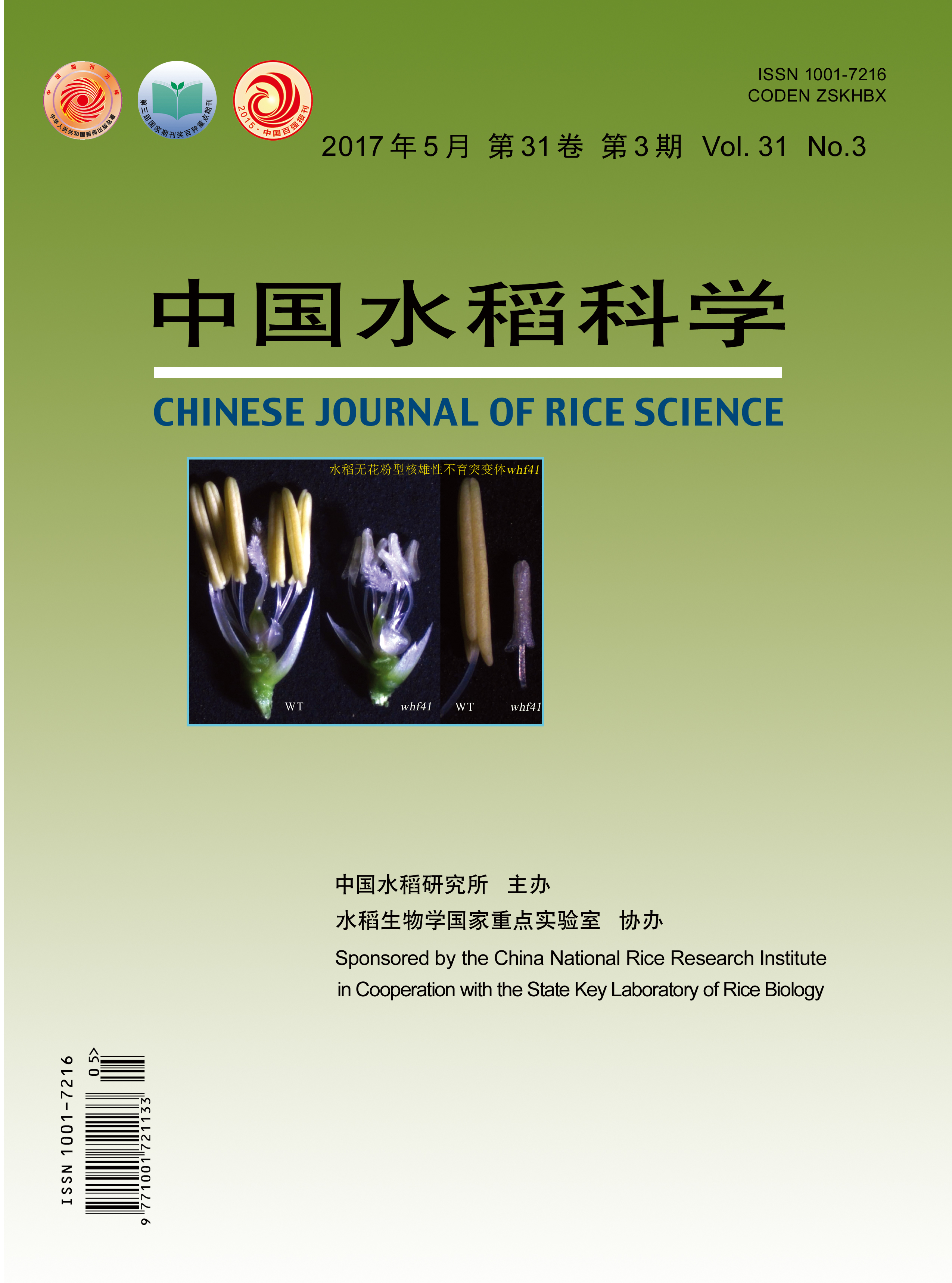【Objective】The objective is to reveal the effects of different aeration methods on photosynthetic characteristics and dry matter production of rice, and to determine the suitable aeration method for the growth and improvement of grain yield of rice. The results will contribute to the understanding of the role of root aeration on rice growth, and provide a reference and a theoretical basis for aerobic cultivation of rice.【Method】Three rice varieties falling into different ecotypes, Zhongzheyou 1 (lowland rice), IR45765-3B (deep-water rice) and Zhonghan 221 (upland rice), were used to study the effects of aeration methods on rice photosynthetic characteristics and yield. Under such four oxygen enrichment treatments as calcium peroxide application (T1), micro-bubble aerated water irrigation (T2), water-controlled irrigation (T3) and water-logging (control).【Result】T1 and T2 increased the leaf SPAD value, leaf area index, net photosynthetic rate, transpiration rate, stomatal conductance and dry matter accumulation of the three rice varieties during the main growth stages, and significantly improved the effective panicle numbers and seed setting rate. Compared with the control, the SPAD value, leaf area index, photosynthetic parameters and dry matter weight were decreased in T3, and the seed setting rate also significantly dedined, but the water use efficiency of leaves was increased. At full ripe stage, compared with the control the grain yield of Zhongzheyou 1, IR45765-3B and Zhonghan 221 increased by 22.38%, 18.27% and 18.17%, respectively, in T1 and by 13.89%, 10.67% and 8.85%, respectively, in T2. However, it was 5.86%, 8.19% and 6.16%, respectively, lower than that of control in T3, with considerable differences between treatments.【Conclusion】T1 and T2 retarded leaf senescence, and improved leaf area index and photosynthetic capacity, and significantly increased the dry matter accumulation and yield of rice. The main reason for the decline of photosynthesis and yield of rice under T3 was the shortage of water supply.

